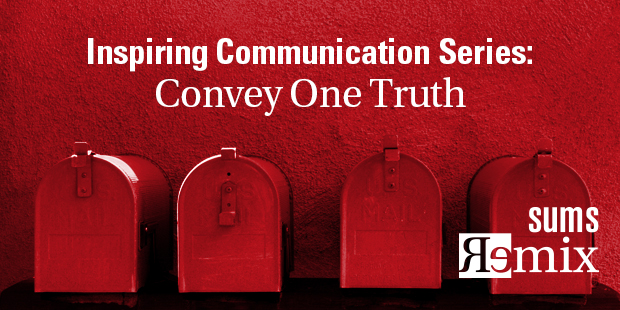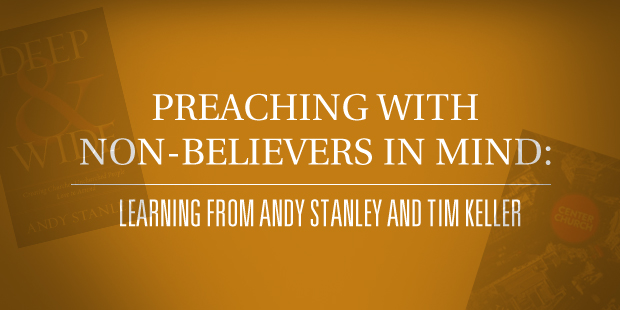
A Purpose-Full People. Part 2: Where Purpose Leads
God created you with one-of-a-kind potential and placed you on earth for a specific purpose. Due to the busyness of life, you’ve likely never identified your unique calling in a way that brings life-changing clarity. Most haven’t and like a distinct echo, the promise of a vision-guided life remains illusive, drowning under the demands of life.
Your divine design—God’s design for your life—is more knowable than you realize. You are God’s workmanship created in Christ Jesus to do good works, which he has prepared in advance, that you should walk in them. With the right tools, you can discover your life vision and align your life vocation. You can and should know your Life Younique—your God-given identity and your God-inspired dreams. Most importantly, you can discern and design the practical next steps to get there.
THE QUICK SUMMARY – Visioneering, by Andy Stanley
Everybody ends up somewhere in life.
Wouldn’t you like to end up somewhere on purpose?
What breaks your heart?
What keeps you up at night?
What could be that should be?
Andy Stanley believes these questions are breadcrumbs that lead to the discovery of personal vision. With down-to-earth practicality, Andy extracts principles from the story of Nehemiah to help you discover your purpose in life.
Visioneering includes helpful exercises and time-tested ideas for visionary decision-making, personal growth, and leadership at home and at work. Catch a glimpse of God’s incredible vision for your life, relationships, and business—and discover the passion to follow it.
A SIMPLE SOLUTION
What is clarity really about? How can pursuing clarity help us discover our purpose in life?
The concept of clarity means being free from anything that obscures, blocs, pollutes, or darkens. If you have clarity, you see things simply in an understandable and precise way.
Clarity will help you make your life direction unquestionable.
Honoring God involves discovering his picture or vision of what our lives could and should be. Glorifying God involves discovering what we could and should accomplish.
We were created and re-created with his purposes in mind. And until we discover his purpose – and follow through – there will always be a hole in our soul.
As Christians, we do not have the right to take our talents, abilities, experiences, opportunities, and education and run off in any direction we please. We lost that right at Calvary. But then, why would we dream of such a thing? God has a vision for your life. What could possibly be more fulfilling than that?
At the same time, we have no right to live visionless lives either. If God – think about it – if God has a vision for what you are to do with your allotment of years, you had better get on with it. What a tragedy to miss it. Missing out on God’s plan for our lives must be the greatest tragedy this side of eternity.
Your uniqueness and individuality will reach its pinnacle in the context of your pursuit of God’s plan for your life. Manmade visions all begin to look alike after a while. Unless you discover God’s unique vision for your future, your life may very well be a rerun.
Andy Stanley, Visioneering
A NEXT STEP
Andy Stanly, in “Visioneering,” says that “Vision gives significance to the otherwise meaningless details of our lives.” To further develop this thought, he wants you to realize how vision weaves four things into the fabric of our daily lives.
Reflect on each of the areas below.
Passion – vision is always accompanied by strong emotion; the clearer the vision, the stronger the emotion. How is your vision being expressed in powerful and compelling emotions?
Motivation – vision provides motivation. In what areas of your life is vision providing motivation on a regular basis?
Direction – vision sets a direction for our lives. How is your vision prioritizing your values and providing direction to your life?
Purpose – vision gives you a reason to get up and show up. How is your vision providing purpose in your daily life?
Network with 2-3 other staff members who live in close geographic proximity. Ask them these questions around their calling and process together how God might call you into greater collaboration together to reach your community for Christ.
Excerpt taken from SUMS Remix #75-3, issued September 2017.
This is part of a weekly series posting excerpts from one of the most innovative content sources in the church world: SUMS Remix Book Summaries for church leaders.
SUMS Remix takes a practical problem in the church and looks at it with three solutions; each solution is taken from a different book. Additionally, a practical action step is included with each solution.
As a church leader you get to scan relevant books based on practical tools and solutions to real ministry problems, not just by the cover of the book. Each post will have the edition number which shows the year and what number it is in the overall sequence. (SUMS Remix provides 26 issues per year, delivered every other week to your inbox).

Tags: Andy Stanley, Purpose, SUMS Remix, Vision, Visioneering

























